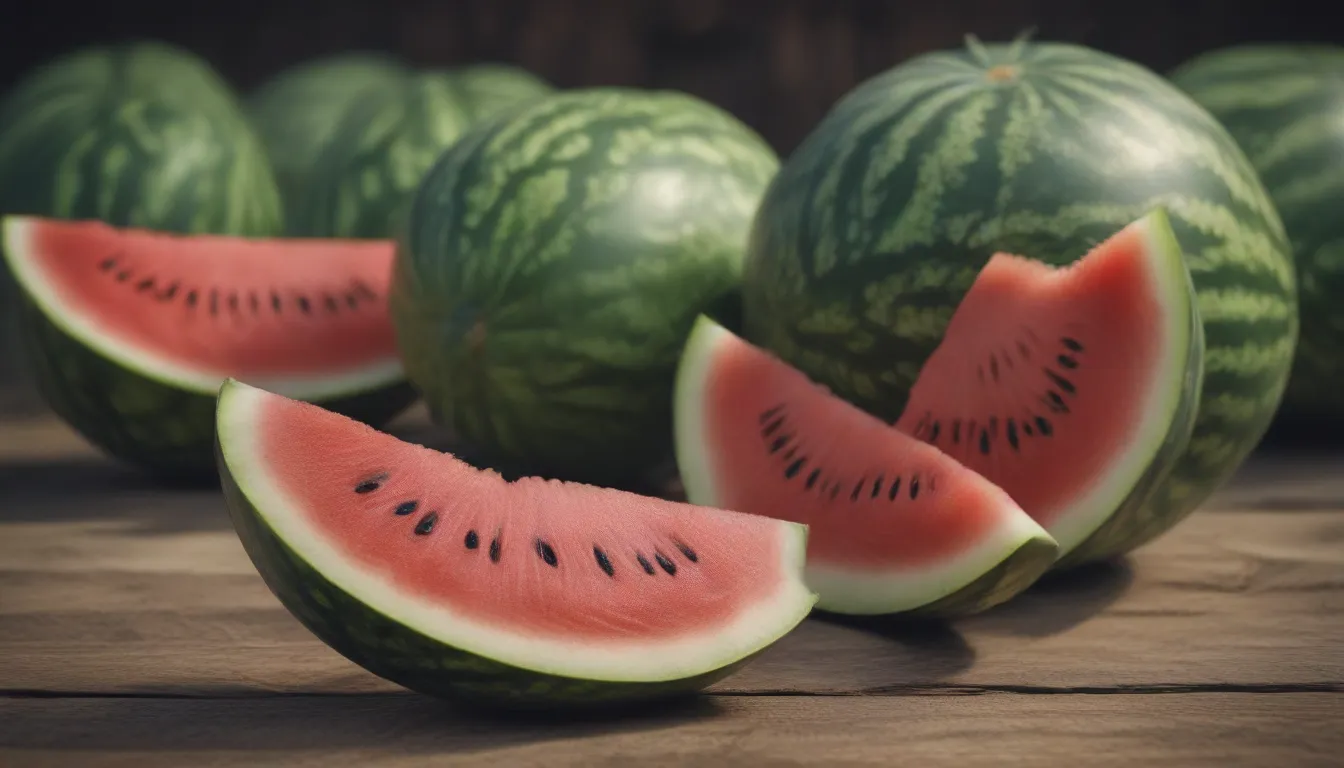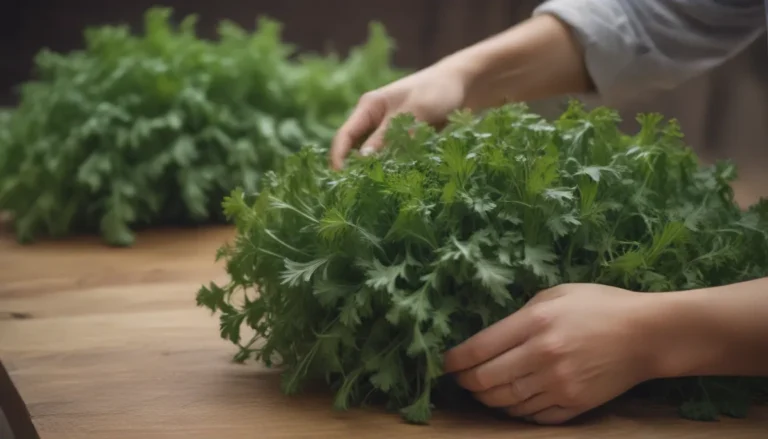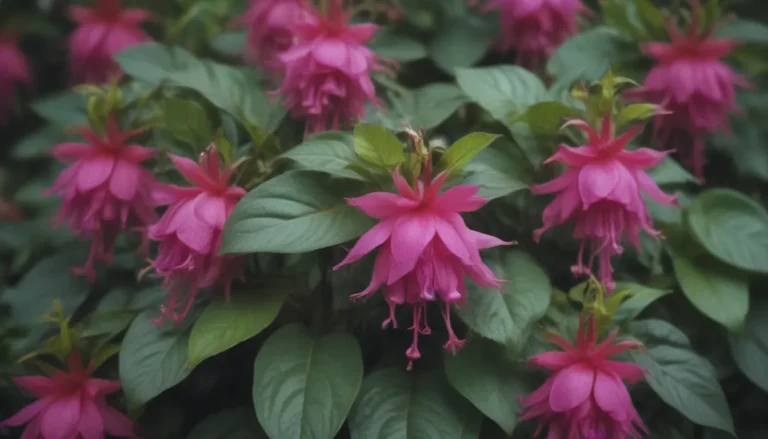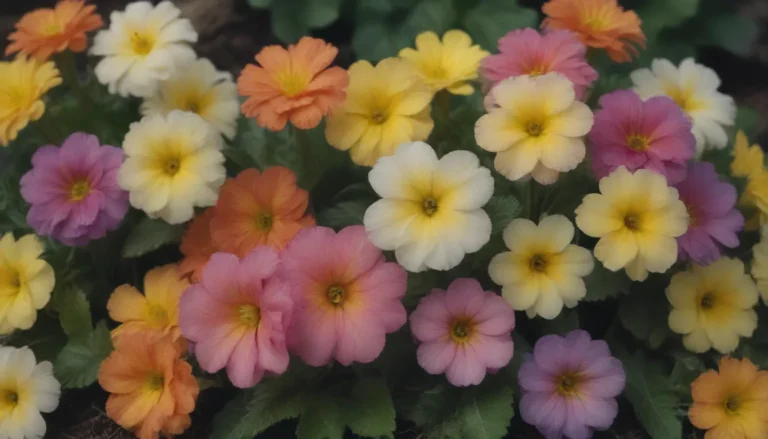Mastering the Art of Growing and Caring for Watermelon

Are you a fan of the sweet, refreshing taste of watermelon on a hot summer day? Ever considered growing your own to enjoy the freshest fruits straight from your garden? In this comprehensive guide, we will explore everything you need to know about planting, growing, and caring for watermelon plants. From the history of watermelon cultivation to practical tips for a bountiful harvest, we’ve got you covered!
The Fascinating World of Watermelon Cultivation
Let’s start with a brief overview of watermelon and its journey through history. Watermelon, a member of theCucurbitaceaefamily, is a beloved annual fruiting vine that thrives in long, hot growing seasons. Originating almost 5,000 years ago in the Kalahari Desert of Africa, watermelon seeds were brought to the U.S. by enslaved Africans, contributing to the rich diversity of cultivated varieties we enjoy today.
Modern watermelon cultivars come in a myriad of sizes, shapes, and colors, with over 100 cultivated varieties available. These sprawling vines produce deliciously edible fruits with thick rinds that ripen quickly for harvest in late summer and early fall. With each plant yielding two to four watermelon fruits, growing your own watermelon can be a rewarding experience.
Varieties of Watermelon Cultivars
Watermelon cultivars are categorized into four groups, each offering unique characteristics and flavors:
– Early/ short-season varieties (maturing in 70 to 75 days): ‘Blacktail Mountain’, ‘Faerie’, ‘Golden Crown’, ‘Sugar Baby’
– Long-season varieties (maturing in 80 to 85 days): ‘Ali Baba’, ‘Moon and Stars’, ‘New Queen’
– Seedless varieties: ‘Revolution’, ‘Superseedless’, ‘Sweet Bite’, ‘Triple Gold’
When selecting watermelon seeds or seedlings for your garden, consider your climate, growing season length, and personal taste preferences to choose the right cultivar for your needs.
Planting Watermelons with Care
Starting Seeds Indoors or Direct Sowing
Watermelons can be started either indoors in paper or peat pots, or directly sown in the garden after the danger of frost has passed. Ensure that the soil temperature remains steady at 70 to 80 degrees Fahrenheit before planting to promote optimal germination.
- Direct sowing: Wait for the right soil temperature, then plant seeds in mounded hills spaced 4 to 6 feet apart. Thin out seedlings to leave two to three plants per hill.
- Indoor starting: Begin seeds indoors two to four weeks before your last frost date, then transplant seedlings to the garden after all risk of frost has passed.
Essential Tips for Planting Success
- Keep the area weed-free to promote healthy growth.
- Prune off any flowers forming in the late season to encourage fruit ripening.
- Use row covers to protect young plants and promote pollination, removing them when flowers bloom.
Remember: Seedless watermelon plants should be interplanted with regular seeded watermelon plants to ensure adequate pollination for fruit production.
Watermelon Care: A Comprehensive Guide
Light, Soil, Water, and Temperature Requirements
- Light: Watermelons thrive in full sunlight, but can tolerate partial shade in hot climates.
- Soil: Well-draining, rich soil with a mildly acidic to neutral pH (6.0 to 6.8) is ideal. Amend soil with organic matter before planting.
- Water: Regular watering is crucial for young plants; reduce water once fruits begin to set. Deep roots allow for short dry periods.
- Temperature and Humidity: Watermelons prefer hot growing conditions (80 degrees Fahrenheit and higher) and can adapt to both humid and arid climates.
Fertilizing for Healthy Growth
Watermelon plants are heavy feeders, requiring ample nutrients for optimal growth. Prior to planting, amend soil with organic matter and consider using a slow-release organic fertilizer. Side dress with compost at mid-season and adjust fertilizer composition based on growth stage.
- Early growth: Use a fertilizer high in nitrogen to promote leaf and vine development.
- After flowering: Switch to a low-nitrogen fertilizer to encourage flower and fruit growth.
Harvesting and Enjoying Your Homegrown Watermelon
Determining the ripeness of a watermelon can be challenging, but a few indicators can help:
– Look for a yellow spot on the bottom of the melon where it rested on the ground.
– Tap the melon and listen for a hollow sound.
– Check the tendril nearest the fruit; when it turns brown, the melon is likely ripe.
Once harvested, enjoy your watermelon right away or store uncut melons in a cool, dry place (45 to 50 degrees Fahrenheit) for up to two weeks. Refrigerate cut melons for a few days for optimal freshness.
Combatting Pests and Diseases
Watermelon plants are susceptible to pests and diseases that can hinder growth and fruit production. Common pests include cucumber beetles, vine borers, aphids, and mites. Several diseases, such as fusarium wilt and gummy stem blight, can also affect watermelon plants.
Combat these challenges by monitoring for pests early, using row covers, and selecting disease-resistant varieties. Ground-level watering and proper plant hygiene can help prevent the spread of diseases like powdery mildew.
In conclusion, growing and caring for watermelon plants can be a rewarding experience that yields sweet, juicy fruits for your enjoyment. By following the tips and guidelines outlined in this comprehensive guide, you can cultivate a successful watermelon harvest in your own garden. Embrace the joy of growing your own fruits and savor the taste of freshly picked watermelon all summer long!





